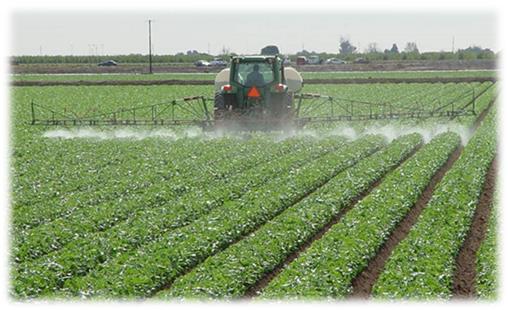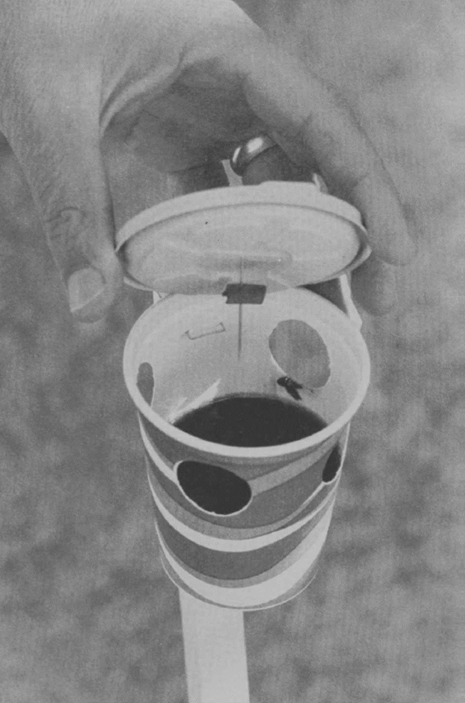
|
|
|
|

|
|||
|
|
|||
Aphids are beginning to show up on cole crops and it won’t be long until they begin to colonize leafy vegetables. In late October of this year, the USEPA reestablished the registration for products containing sulfoxaflor (IsoclastTM Active), namely Sequoia® for season long use on Leafy Vegetables (Group 4) and Brassica(Cole) Leafy Vegetables (Group 5). This reestablished label refers to most, if not all, winter vegetables produced in the desert. The label for these crops is essentially the same as it was before the cancellation but with a couple of restrictions. The new registration requires that a 12-foot in-field, downwind buffer must be maintained from blooming vegetation during application. It also restricts tank-mixing with products containing certain active ingredients. The list of prohibited tank-mix partners can also be accessed at http://isoclasttankmix.com. This is good news for PCAs and growers as we move into the winter and spring produce season. In addition to Sequoia, PCAs can achieve good residual aphid control using Movento as a foliar spray and should be rotated with Sequoia and other insecticides when aphid pressure is heavy. Imidacloprid soil applications (at planting) also provide residual control, but will often require additional foliar sprays near harvest. Foliar alternatives such as Assail, Sivanto, and Beleaf are good aphicides also, but do not provide the same level of residual control as either Sequoia or Movento. Under heavy aphid pressure, PCAs should be prepared to use several of these alternatives, rather than rely on only one product. Sequoia also provides good control of Lygus bugs on crops such as celery and lettuce, and should be rotated with other products such as Beleaf, Vydate and Acephate. For more information on insecticide alternatives for aphid management see our 2016 Aphid Control Chart. |
|||
| Back | |||
|
For questions or comments on any of the topics please contact Marco Pena at the Yuma Agricultural Center.
|
|||
|
Home |
Cotton | Veggies |
Forages | Grains
| Citrus |
Crop x Crop Insects | Diseases| Weeds | Pesticides | Economics | News | Weather | Research | Photos | Contacts | General Info. Copyright © 2001 University of Arizona, College of Agriculture and Life Sciences Webmaster: Al Fournier (acis@ag.arizona.edu) |
|||


